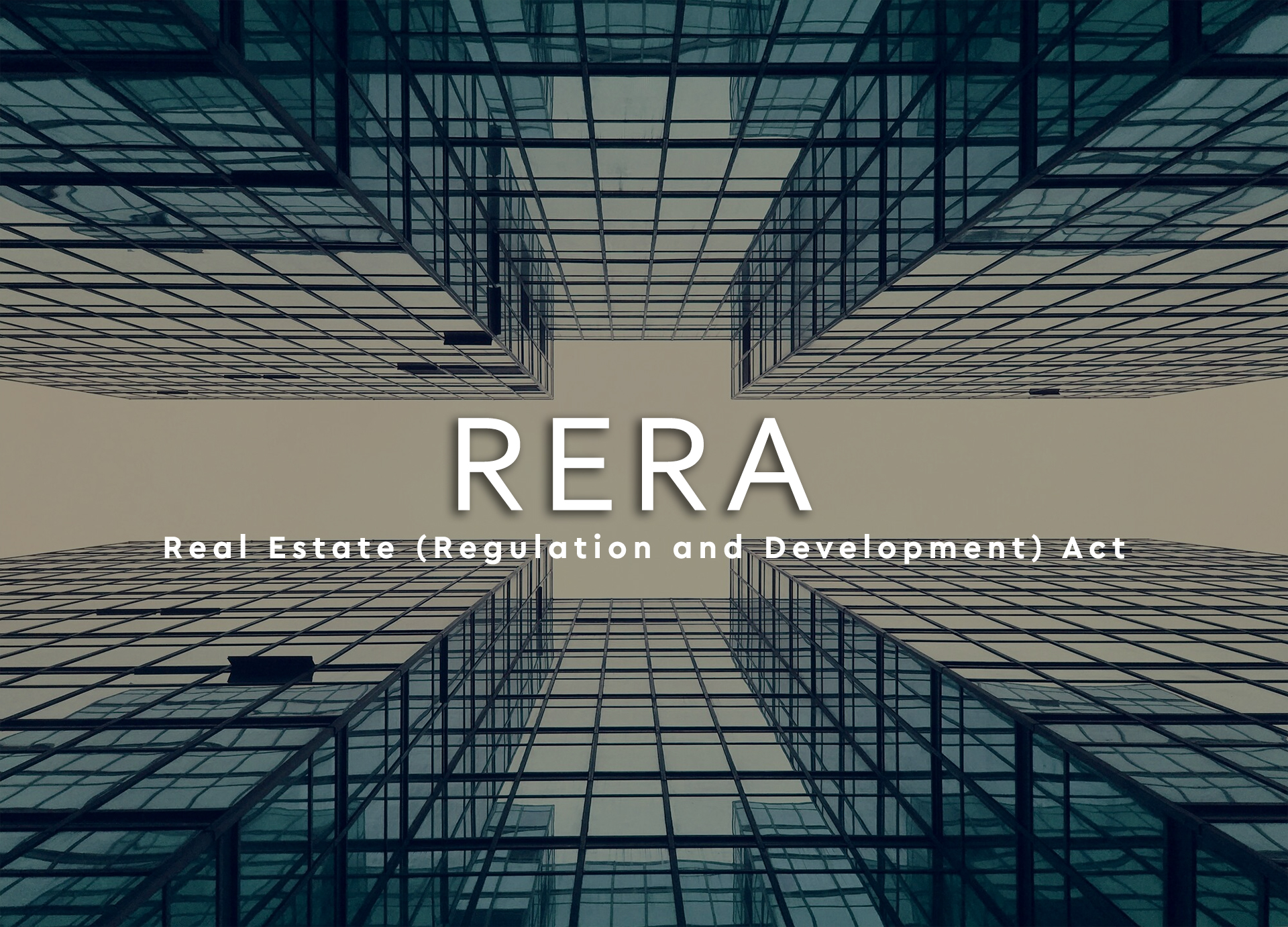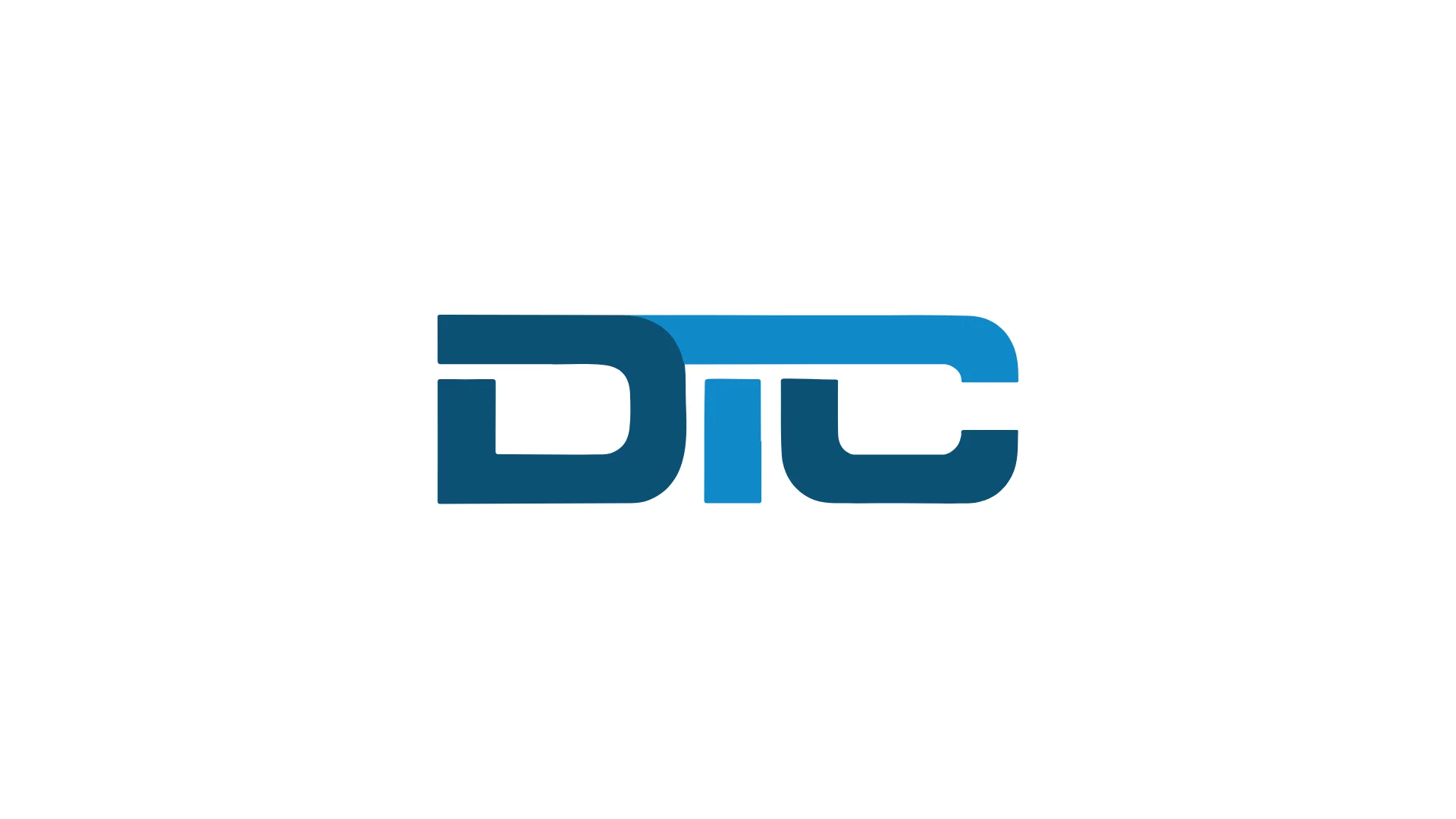The Real Estate (Regulation and Development) Act, 2016 (RERA) has transformed India’s real estate sector, making it more transparent and buyer-friendly. If you’re planning to purchase a property, understanding RERA is essential to ensure a secure and hassle-free transaction. Here’s why RERA matters for homebuyers:
1. Transparency and Accountability
Before RERA, the real estate sector was often criticized for delayed projects, hidden charges, and misleading advertisements. RERA mandates that developers register their projects with the regulatory authority and provide all necessary details, including project plans, completion timelines, and financial disclosures. This ensures greater transparency and accountability in real estate dealings.
2. Protection Against Project Delays
One of the biggest concerns for homebuyers is project delays. Under RERA, developers must provide an estimated timeline for project completion. If a developer fails to deliver on time, they are liable to compensate buyers for the delay, either through a refund or interest on the amount paid.
3. Standardization of the Homebuying Process
RERA enforces a standardized approach to real estate transactions. Developers must follow a clear process regarding the sale agreement, project approvals, and payment schedules. This protects homebuyers from unfair practices and hidden clauses.
4. Ensuring Quality Construction
Under RERA, developers are responsible for structural defects and poor construction quality for up to five years after possession. If any issues arise, the builder must rectify them at no additional cost to the buyer, ensuring higher construction standards.
5. Safeguarding Homebuyer’s Investment
To prevent the misuse of funds, RERA mandates that 70% of the amount collected from buyers must be deposited in a separate escrow account. This ensures that funds are used only for construction and project development, reducing the chances of financial mismanagement by developers.
6. Fair Pricing and No Hidden Charges
Developers can only charge buyers based on the carpet area (usable space inside the house) and not on super built-up area, which includes shared spaces like corridors and lifts. This eliminates confusion and ensures buyers pay for exactly what they get.
7. Quick Resolution of Disputes
RERA provides a structured grievance redressal mechanism. If a homebuyer faces any issues with the developer, they can file a complaint with the RERA authority, which is required to resolve disputes within a set timeframe.
How to Check if a Project is RERA-Registered?
Before investing in a property, homebuyers should check if the project is RERA-registered. This can be done by visiting the respective state’s RERA website, where all registered projects and their details are listed.
Conclusion
RERA has been a game-changer in the real estate sector, offering homebuyers greater security, transparency, and confidence in their investment. Whether you’re a first-time buyer or a seasoned investor, ensuring your chosen project complies with RERA regulations can help safeguard your hard-earned money and provide peace of mind.
For more expert insights on real estate and property investment, visit My Dream Ghar.












